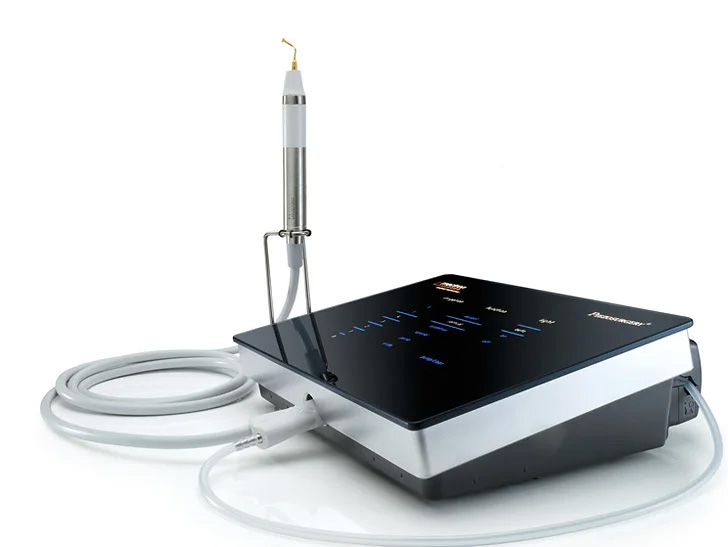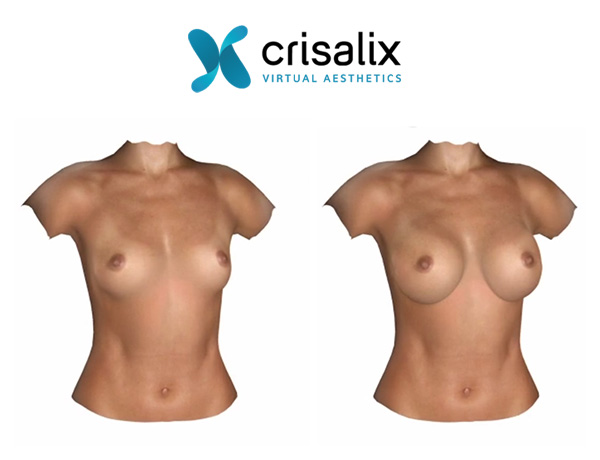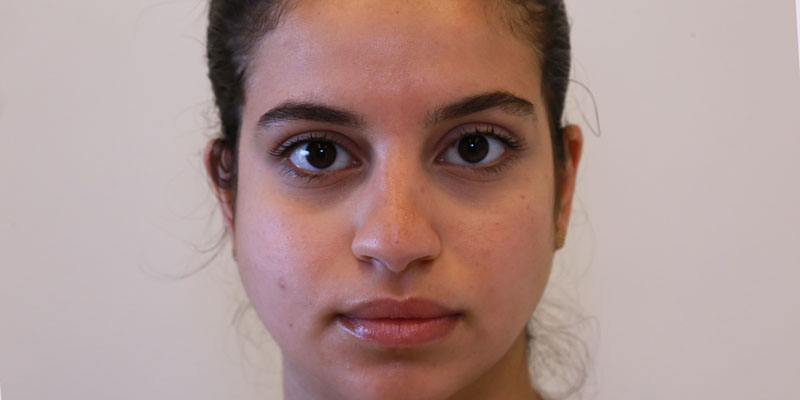Dr Samer Bassilios Habre is a European Board Certified Plastic Surgeon with American & European work experience.
He practices Plastic Surgery of the face, nose, breast and body with a busy practice in Lebanon and in Dubai, UAE (Biolite Aesthetic Clinic).
He is the Head of division of Plastic Surgery at Saint George Hospital University Medical Center in Lebanon, and an Assistant Professor of Plastic & Reconstructive Surgery at the Saint George University of Beirut.
He is a proud International Member of the American Society of Plastic Surgery (ASPS), the Lebanese Society of Plastic, Reconstructive & Aesthetic Surgery (LSPRAS), and the Rhinoplasty Society of Europe.
After completing his Plastic & Reconstructive Surgery residency at Hotel-Dieu de France (USJ), Dr Samer Bassilios is one of the few in Lebanon who completed multiple fellowships in Aesthetic and Reconstructive Surgery in the US and EUROPE:
He also pursued several training courses and clinical attachments in Hospital da Plastica (Rio de Janeiro, Brazil), and Chelsea & Westminster Hospital (London, UK). He has multiple publications in international journals, and is a speaker in international meetings.












More predictive results can be achieved with bone reshaping, which can be measured in Millimiters
It prevents unwanted fractures with the chisel and hammer method (Old technique using osteotomes)
No soft tissue trauma (Skin, cartilage) resulting in less bruising and swelling
No injury to blood vessels, with faster Healing
It reduces the complications and unwanted fractures seen after rhinoplasty

Dr Samer Bassilios Habre is a an expert and a leading surgeon in Rhinoplasty and Body contouring. He receives multiple patients including Lebanese expatriates for plastic surgery procedures, in Lebanon.
What to expect?
CRISALIX enables doctors and patients to finally answer the common question "How could I look after the procedure?" through its unique online technology, thereby improving their level of satisfaction, both during the consultation and after the surgery.

 قبل
قبل
 بعد
بعد

Copyright @ drsamerbassilios.com All Rights Reserved
Website by: iDoWeb.me